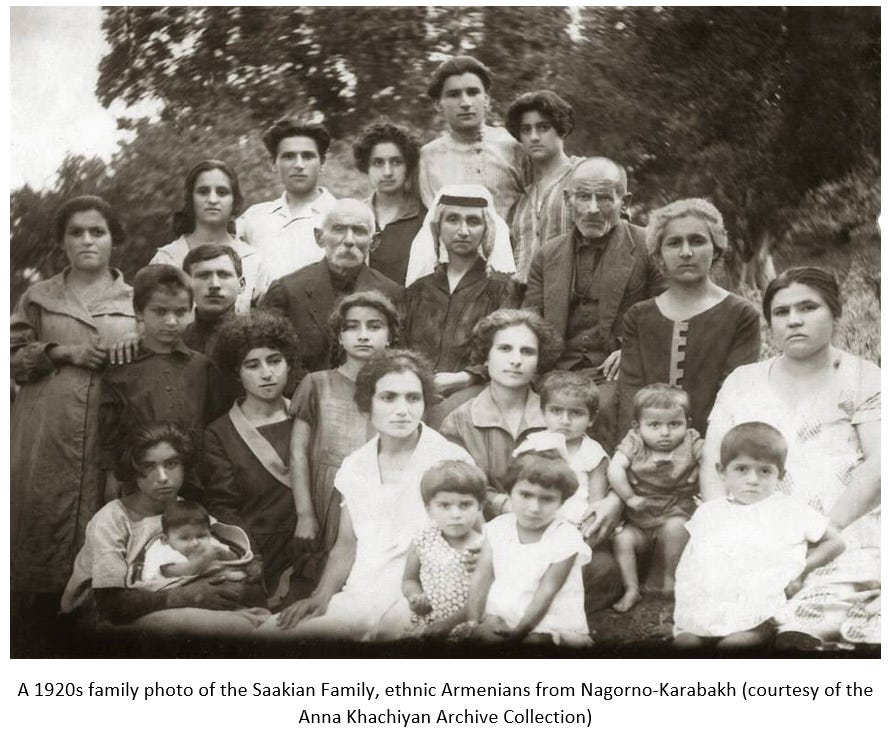Marjan Hill is a national park that overlooks Split, Croatia’s old town and Roman Emperor Diocletian’s Palace. Roughly one third of the way up the eastern slope sits a cafe with a panoramic view of the entire city, its nearby islands, and the coastline heading south towards Dubrovnik. In behind the cafe lies an old Sephardic cemetery, one in which I enjoy wandering around from time to time when it’s not too oppressively hot under the Dalmatian sun.
The Sephardis are long gone from Split, having been allowed by the occupying Italian fascists in 1943 to flee before they handed over this annexed city to the incoming Germans in the wake of Rome’s capitulation to the Allies. The Sephardis of Split managed to escape the horrible fate that awaited the Jews elsewhere on the European continent. Nevertheless, their four centuries of existence in this city was extinguished. All that remains is the cemetery, a small, out of sight synagogue, the Jewish Alley (in which the synagogue is located), the Morpurgo Book Store (Split’s oldest), and the names of some prominent Split Sephardis like Daniel Rodriguez/Rodriga aka Rodrigo the Architect on city streets.
No cultures or peoples are permanent. Some leave no traces of their historical presence, others are assimilated into larger, more powerful ones. Hybridization frequently occurs, as cultures are easily influenced by other ones in their proximity thanks to our ability to communicate with one another. Some will migrate. Others still will flee out of fear or necessity.
We live in an age where protection of the environment and the protection of aboriginal cultures are not only sought, but also increasingly legislated. Many native tribes in the Amazon are left alone in order to protect their way of life, as coming into contact with the outside world could actually snuff out their existence (e.g. common ailments that their bodies have no immunity to). The Sentinelese of North Sentinel Island in the Andaman Archipelago of the Indian Ocean are another noteworthy example. By and large, the world has chosen to respect their right to live according to their own customs and traditions for the sake of their preservation (to be fair, I have to state the obvious fact that the New World saw many native tribes go extent when European colonization took hold and expanded).
It’s one thing for countries to protect tiny, primitive tribes as they do not pose a threat to the state. Unless they sit on real estate that can generate enormous wealth, they will be left untouched, and the principles of preservation will be left intact, along with the good public relations that flow from it. It’s a totally different matter when a culture is deemed a threat to “the people” or the state (or both). It is in these instances where these same principles are most tested.
Recent history is replete with examples the disappearance of old peoples and cultures. We Westerners are very aware of the disappearance of the Jews from large swathes of the European continent during WW2, but how many are aware of the forced resettlement of the Germans from Poland, Czechoslovakia, Yugoslavia, etc. shortly after that conflict ended? L’vov in Western Ukraine had a Polish majority in 1921, and barely accounts for 1% of the overall population in that city today. The Serbs of the Croatian portion of the historic Habsburg Military Frontier fled in 1995, ending a four century-long existence. The Bosniaks (Bosnian Muslims) of Eastern Herzegovina have been virtually eliminated after being a presence there for five centuries, ruling the area for almost four of them. Izmir in Turkey was once a large, bustling Greek city. The Hellenic community there was expelled one hundred years ago by the Turks, putting an end to over two millennia of Greek Smyrna. Armenians used to populate a wide area, stretching from Adana on the Mediterranean Sea to Baku on the Caspian but have been reduced to a tiny sliver of land in the Caucasus Mountains. It’s to these same Armenians that we now turn, specifically to the Armenians of Nagorno-Karabakh.
September 20, 2023 will go down in history as a sad day not just for Armenians, but for Christians around the world as well. It is on this day that the Armenians of Nagorno-Karabakh have ceased to be a living people there, ending over two millennia of their presence in these highlands.
Earlier today, the authorities who run the Republic of Artsakh (the Armenian name for Nagorno-Karabakh) agreed to lay down their arms in the face of a potential, overwhelming Azeri military onslaught, and have also agreed to dismantle their local para-state. A Russian-brokered deal between the Armenian separatists of Nagorno-Karabakh and the Azeri government facilitated this agreement that will see negotiations begin tomorrow. A big part of tomorrow’s talks will centre around the peaceful reintegration of Nagorno-Karabakh into the Republic of Azerbaijan, three decades after the Armenians defeated Azeri forces in a bloody war, allowing them to erect this para-state.


